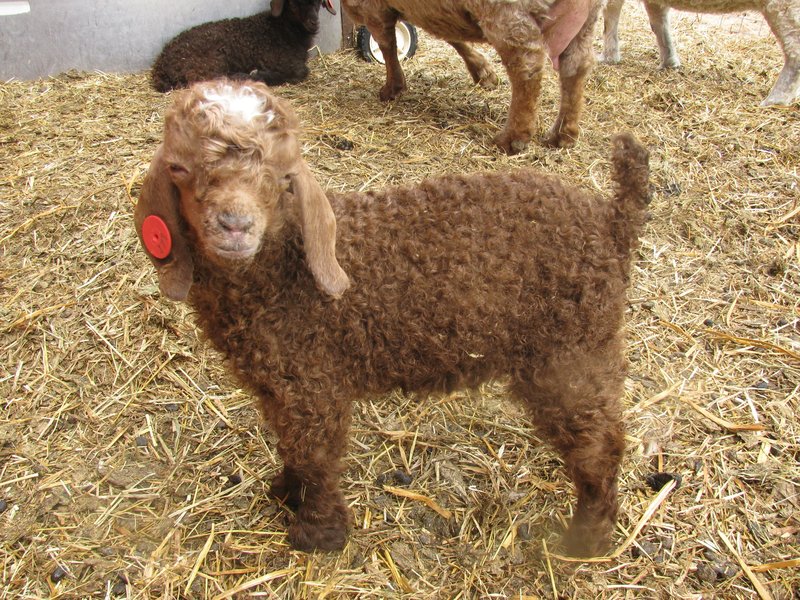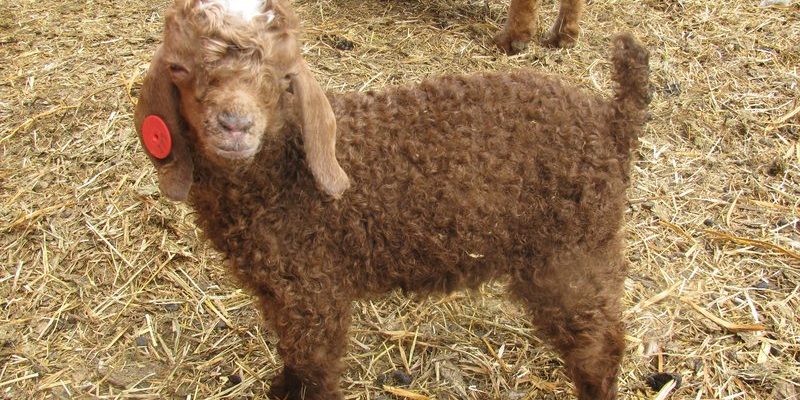
Angora goats are known for their luxurious fibers, which have become quite popular in textiles. But beyond the wool, these goats are lively and social creatures, making them a joy to raise. Let’s dive into what you need to know about gestation, kidding, and taking care of those sweet little kids.
Understanding Gestation in Angora Goats
Gestation for Angora goats typically lasts around 150 days—that’s about five months—much like a human pregnancy. This timeframe can vary slightly, and during this period, the mother goes through changes that you’ll want to monitor. Think of it like watching a flower bloom: you’ve got to nurture it through each phase until it’s time to fully blossom.
During the first month, you may not notice many changes in the mother goat. However, as the pregnancy progresses, you’ll see her belly grow rounder, and her behavior may shift. She might get a bit more moody or seek out quiet spots to relax. This is normal! A pregnant goat needs a calm and comfortable environment, so ensure her space is cozy and secure.
Nutrition plays a key role during gestation. Make sure the expectant mother eats a well-balanced diet rich in essential nutrients. High-quality hay, grains, and minerals are essential, ensuring she has the energy to support her growing kids. An ideal ratio would be 60% forage and 40% grains and supplements.
Signs That Your Angora Goat is About to Give Birth
As the due date approaches, it’s essential to keep an eye out for signs that your Angora goat is ready to kid. Think of this period like the countdown to a big event—everyone’s on the edge of their seats!
You might notice a few key signs:
- Swollen udders: As she prepares for birth, her udders will swell and fill with milk.
- Behavioral changes: She may isolate herself, paw at the ground, or exhibit restlessness.
- Pelvic relaxation: Her pelvic ligaments will soften as her body prepares to deliver the kids.
Understanding these signals can help you feel more prepared and confident about the birth. It’s also a good idea to have a designated kidding area—clean, safe, and quiet—where she can feel comfortable during the process.
Kidding: What to Expect During the Birth Process
Kidding is one of those moments that can be both thrilling and nerve-wracking. When the time finally arrives, you’ll want to be nearby to support the mother goat through the process. Just like watching a live performance, there’s a sense of anticipation and excitement.
Typically, the birth process takes place in three stages:
1. Preparation phase: This can last several hours, where contractions begin and her body gets ready.
2. Delivery phase: As she pushes, you may see the first kid emerge. It usually comes out front feet first, followed by its head.
3. Final phase: Once the first kid is born, the mother will lick it clean and begin bonding, and soon after, she’ll deliver any remaining kids—usually, Angora goats have between one to three kids at a time.
It’s important to stay calm during this process. If everything goes smoothly, the mother will take over, but if you see signs of distress or prolonged labor, don’t hesitate to call a veterinarian for help.
Caring for Newborn Angora Kids
Once those fluffy little kids have arrived, the real fun begins! Caring for newborn Angora goats is like nurturing a bundle of joy. Kids are often up on their feet within an hour and begin seeking out their mother for milk. It’s essential to ensure they nurse soon after birth, as this first milk, known as colostrum, is packed with vital nutrients and antibodies.
In the first few days, monitor the kids closely. You’ll want to ensure they’re nursing properly and staying warm. Newborns can’t regulate their body temperature well, so providing bedding and a sheltered area is crucial. If it’s particularly cold, consider using a heat lamp to help them stay cozy.
Also, make sure to observe their behavior. Are they playful? Are they curious? Healthy kids are usually quite lively, bouncing around as they explore their new world. If you notice lethargy or lack of appetite, it’s a good idea to consult a vet.
Nutrition and Health Care for Growing Kids
As your Angora kids grow, their dietary needs will change. Initially, they rely heavily on their mother’s milk, but around two weeks old, you can start introducing high-quality hay and a specially formulated kid starter grain. This transition is like weaning your child off baby food—it helps them grow stronger and develop properly.
By the time they reach about three months, you can offer a more diverse diet, including vegetables and grains. Just make sure everything is fresh and clean, as kids are still developing their immune systems and are prone to digestive issues.
Routine health checks are vital, too. Regularly deworming, vaccinating, and providing minerals will keep your kids healthy as they grow into adulthood. Keeping a close eye on their weight and overall demeanor can be incredibly helpful.
Socialization and Handling of Angora Goat Kids
From a young age, it’s crucial to socialize and handle your Angora kids. Think of it like teaching a puppy to play fetch—it helps them become friendly and confident. Start handling them gently soon after they’re born. This builds trust and helps them bond with you, making it easier to manage them as they grow.
Introduce them to your farm environment gradually. Let them explore their space while supervised, and encourage interaction with other goats. Positive experiences during this stage can really shape their personalities.
Honestly, it can be fun! Watching the kids play and interact with their siblings is a delightful experience. Plus, spending time with them can establish a calm and friendly relationship, which is beneficial for both you and the goats as they mature.
Breeding Angora goats is a rewarding experience that requires dedication, patience, and love. From the moment you begin monitoring gestation, through the excitement of kidding, to nurturing those playful kids, it’s a journey filled with growth—both for the goats and you!
By understanding the intricacies of their care, you’re not just raising goats; you’re creating a thriving herd that can contribute to your farm or hobby. So, whether you’re chasing after those little kids in the pasture or marveling at their luxurious fiber, you’ll find that the effort and time spent breeding Angora goats are truly worth it. Enjoy the ride and the bonds you create along the way!

